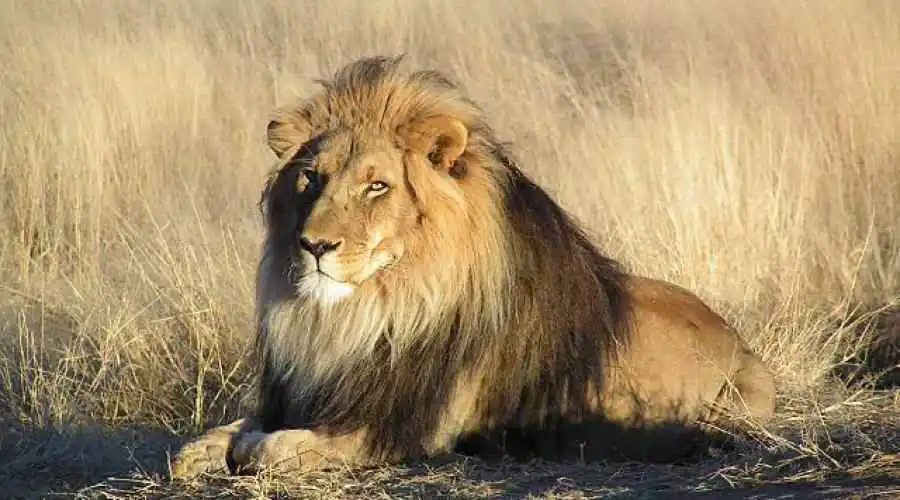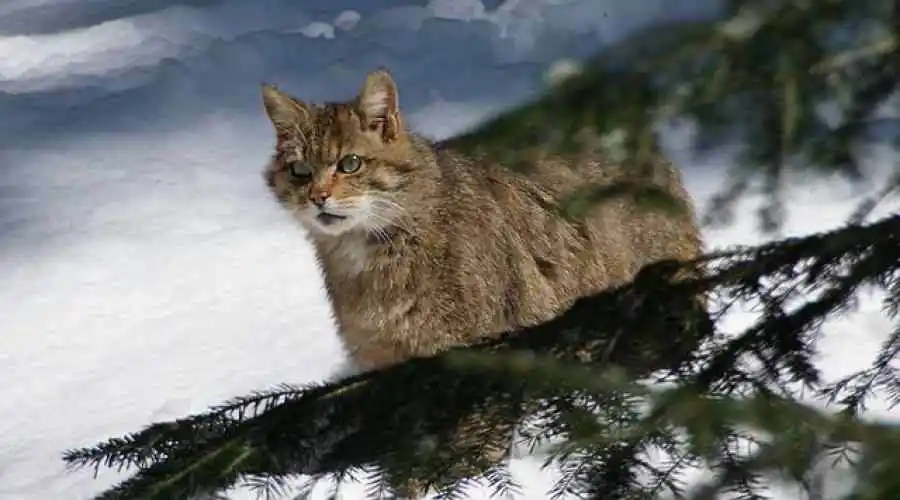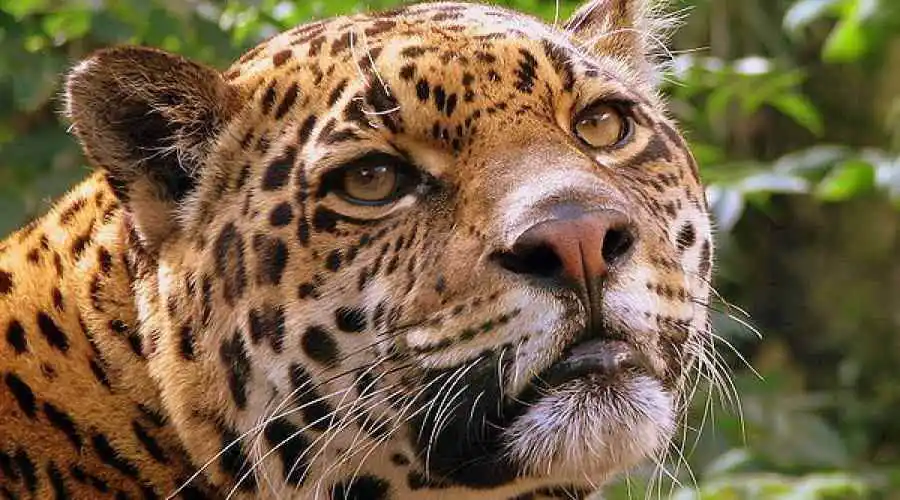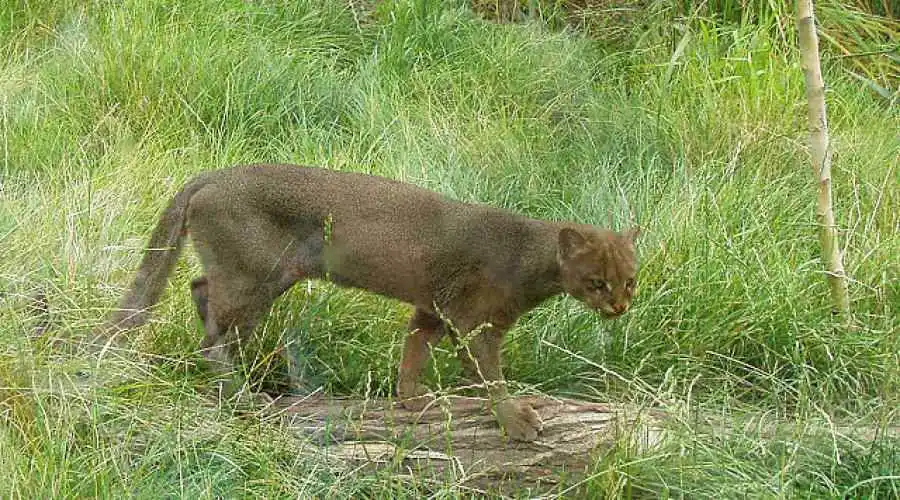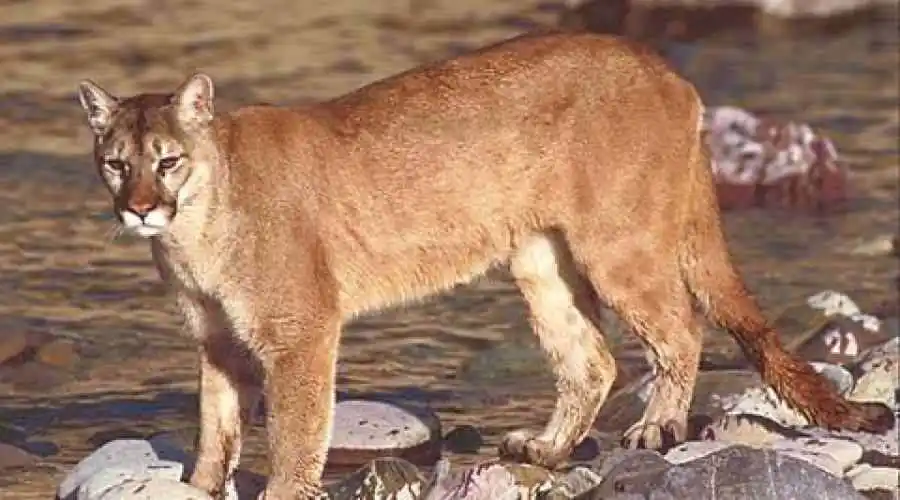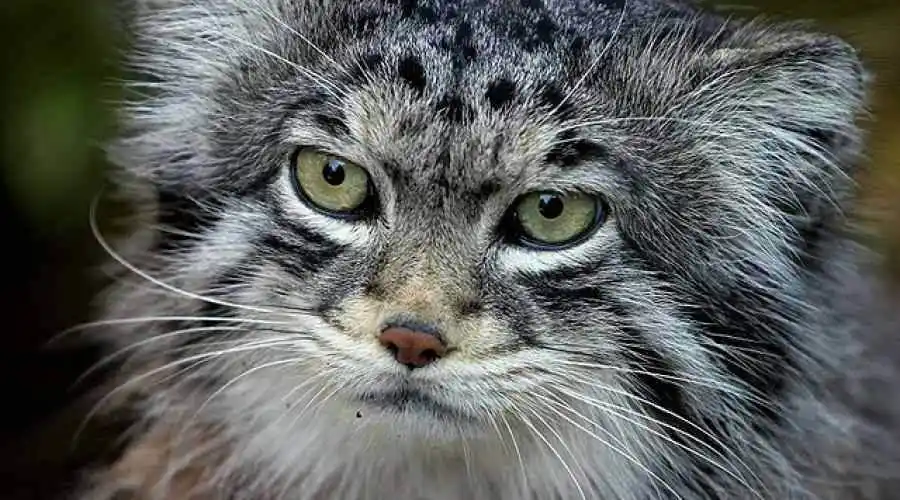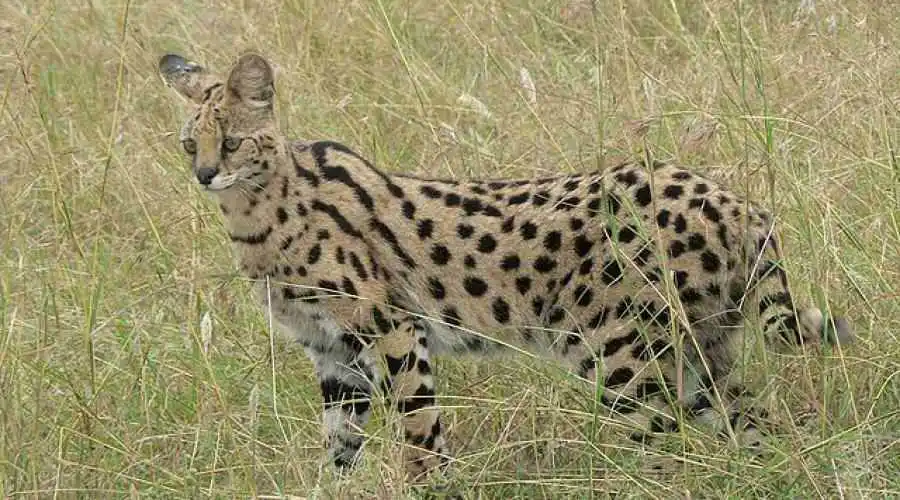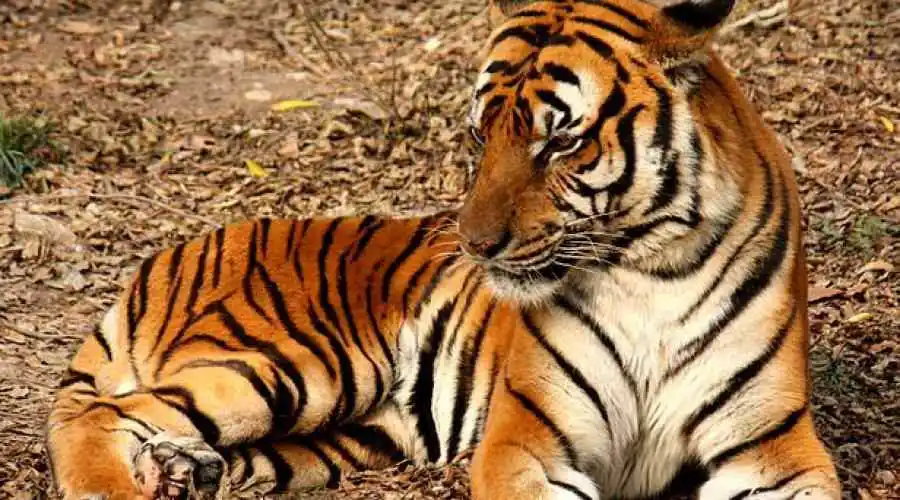N
ature's diversity should be admired and enjoyed instead of destroyed. Destruction of your own habitat is like committing suicide. There is ample evidence that substantial biological diversity keeps an ecosystem healthy, or even stronger: is necessary to let the ecosystems provide their services. Now and again a new species is discovered (which is not the same as evolved), but the species extinction rate has never been so high. This leads to an enormous biodiversity loss of which the consequences will be devastating when irreversible. An increase of new species and loss of other species is inseparabe from the evolutionary cycle, but when the ratio is off balance changes will take place. Of course the global loss of biodiversity is important, but the local diversity of flora and fauna is what really counts. On a local scale flora and fauna together form an ecosystem. So, disturbances on a local scale will affect the ecosystem and its services, like (clean) water, food (nutrient balance), medicine and diseases. This will be noticeable not only for researchers but also for the general public.
 The dyeing poison-arrow frog (formerly known as Dendrobates azureus but now considered a color variety of D. tinctorius), found in lowland forests of South America in the Guyanas and adjacent Brazil, is threatened with extinction. It contains several toxins called alkaloids in its skin that have been useful tools for understanding how local anesthetics, and some drugs like phencyclidine (PCP or “angel dust”), work. Its vivid colouring is a warning that it is dangerous to eat.
The dyeing poison-arrow frog (formerly known as Dendrobates azureus but now considered a color variety of D. tinctorius), found in lowland forests of South America in the Guyanas and adjacent Brazil, is threatened with extinction. It contains several toxins called alkaloids in its skin that have been useful tools for understanding how local anesthetics, and some drugs like phencyclidine (PCP or “angel dust”), work. Its vivid colouring is a warning that it is dangerous to eat.
So, what drives species to extinction? There seems to be consensus regarding climate change, international trade, long distance transport of products and animals, human travel, land use and urbanisation being the main driving forces for the current observed biodiversity loss. All in all this makes man the cause of the high rate of species extinction. This is not being done on purpose, but out of ignorance. At least that is what I hope, and which makes the current biodiversity loss collateral damage. Unforeseen, but nevertheless substantial and possibly devastating.
People should be made aware of this black future that will become reality if we do not stop this uncontrolled negative influence on nature and its biological diversity. Therefore I plead for moral and financial support for those people and organisations, including non-governmental, that are trying to raise this awareness and do something to reduce the loss of biological diversity. For instance organisations involved in nature and wildlife conservation, climate change reduction, and campaigns against environmental pollution.
Statements like the following, displayed in the American Museum of Natural History in New York, could raise this awareness:
Otherwise this video, based on the booklet ‘How Our Health Depends on Biodiversity’ by Eric Chivian M.D. and Aaron Bernstein M.D., MPH., should do the trick:
(Source: website United Nations, UN News, Climate and Environment, 17 december 2022)
Or perhaps this might help:
